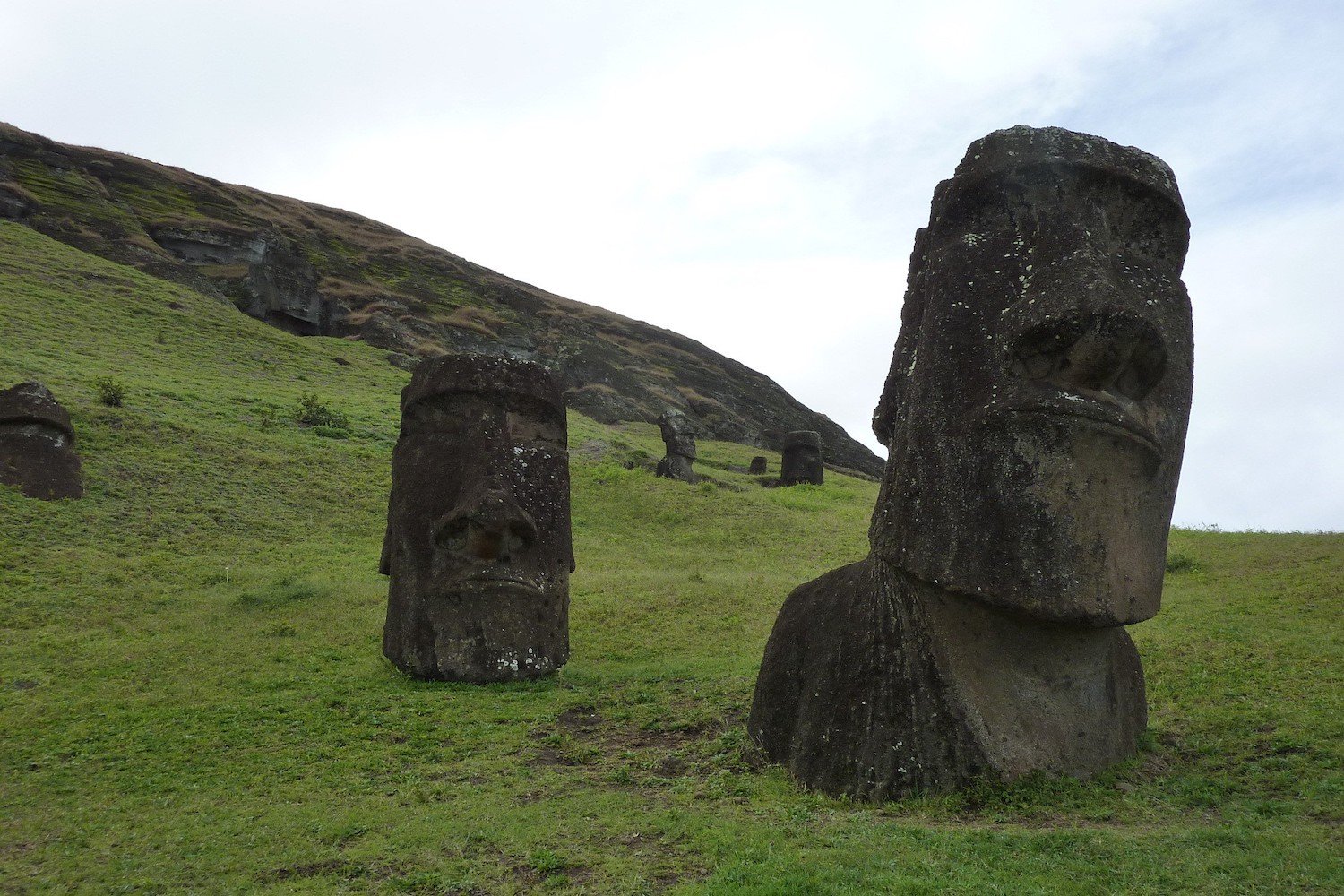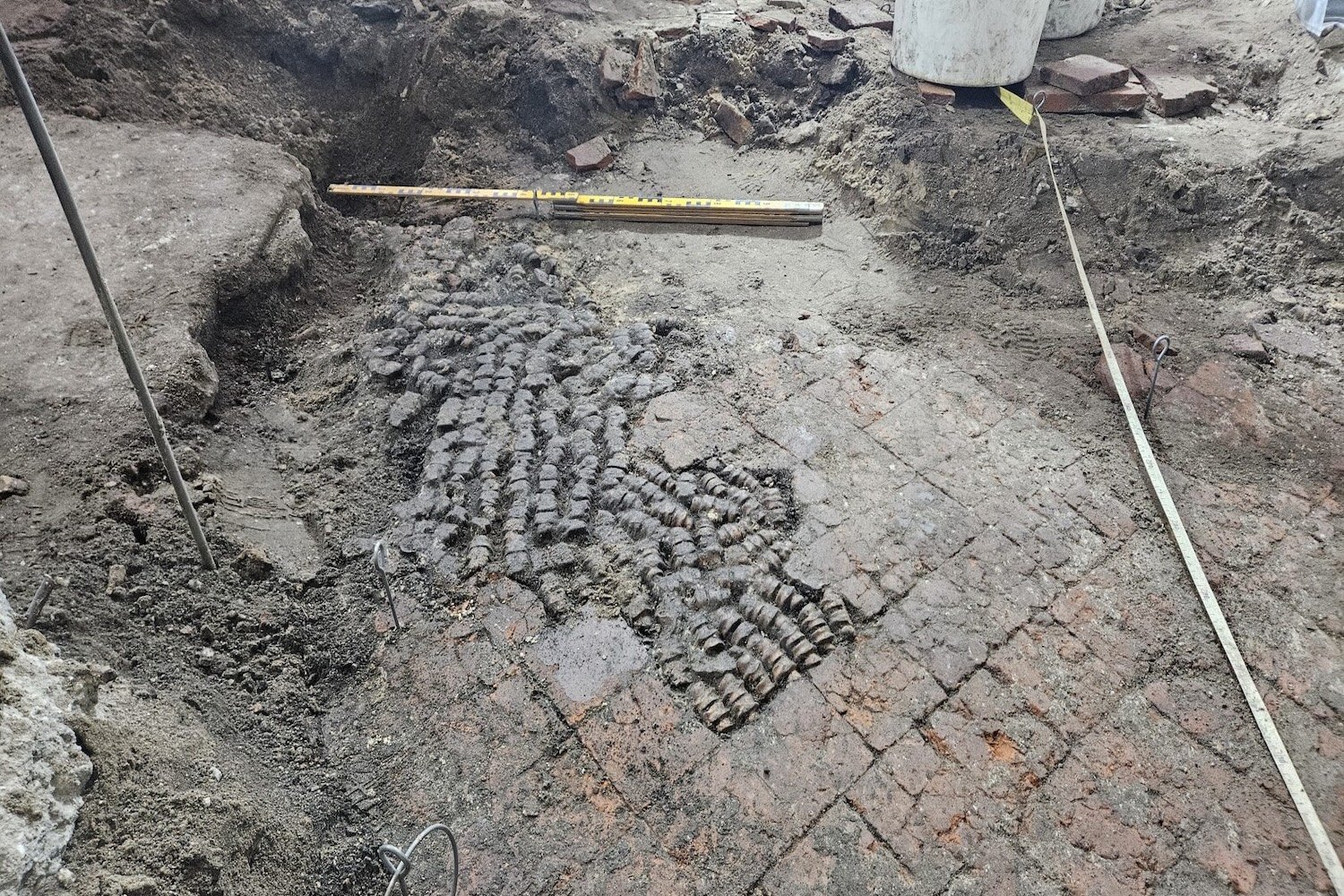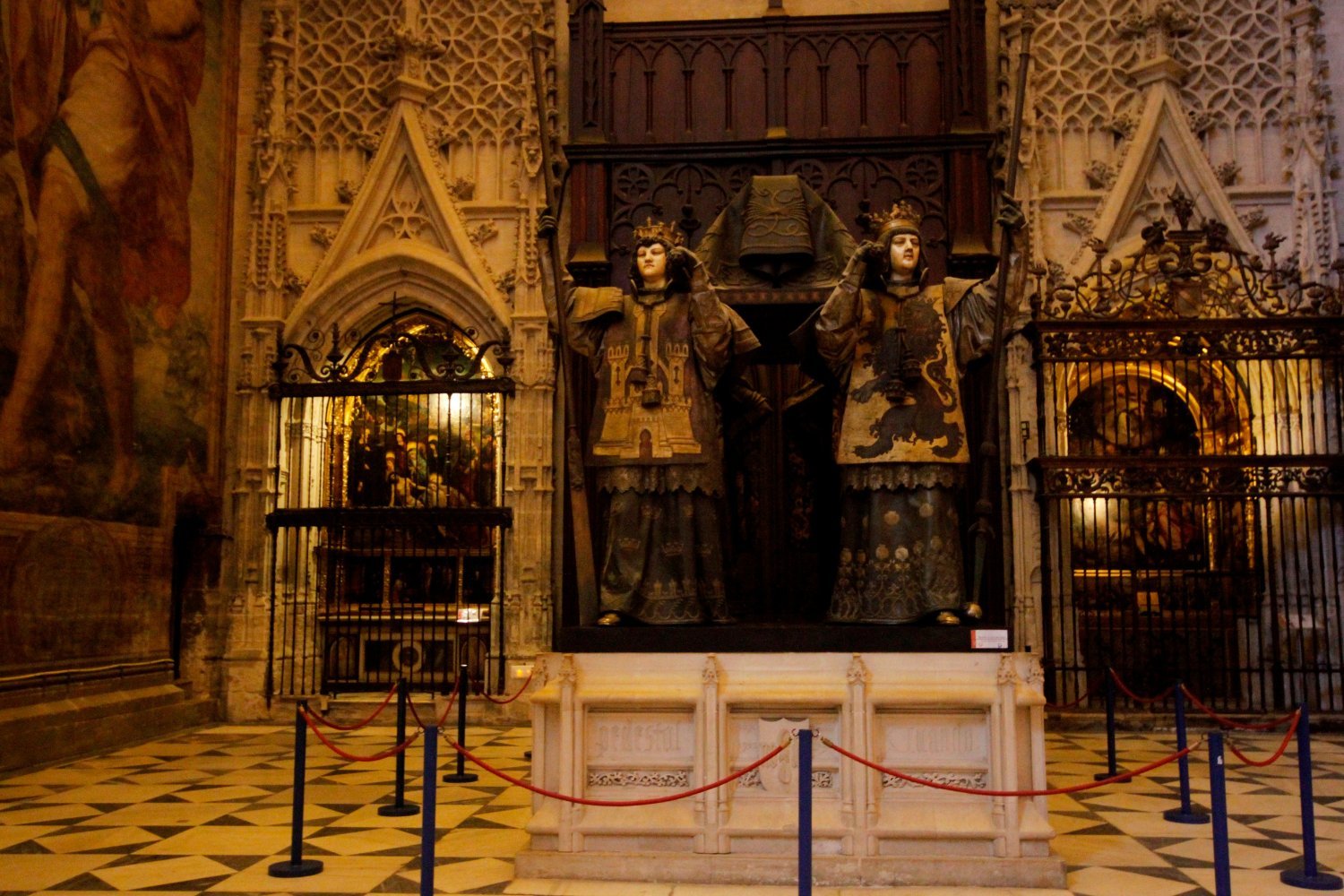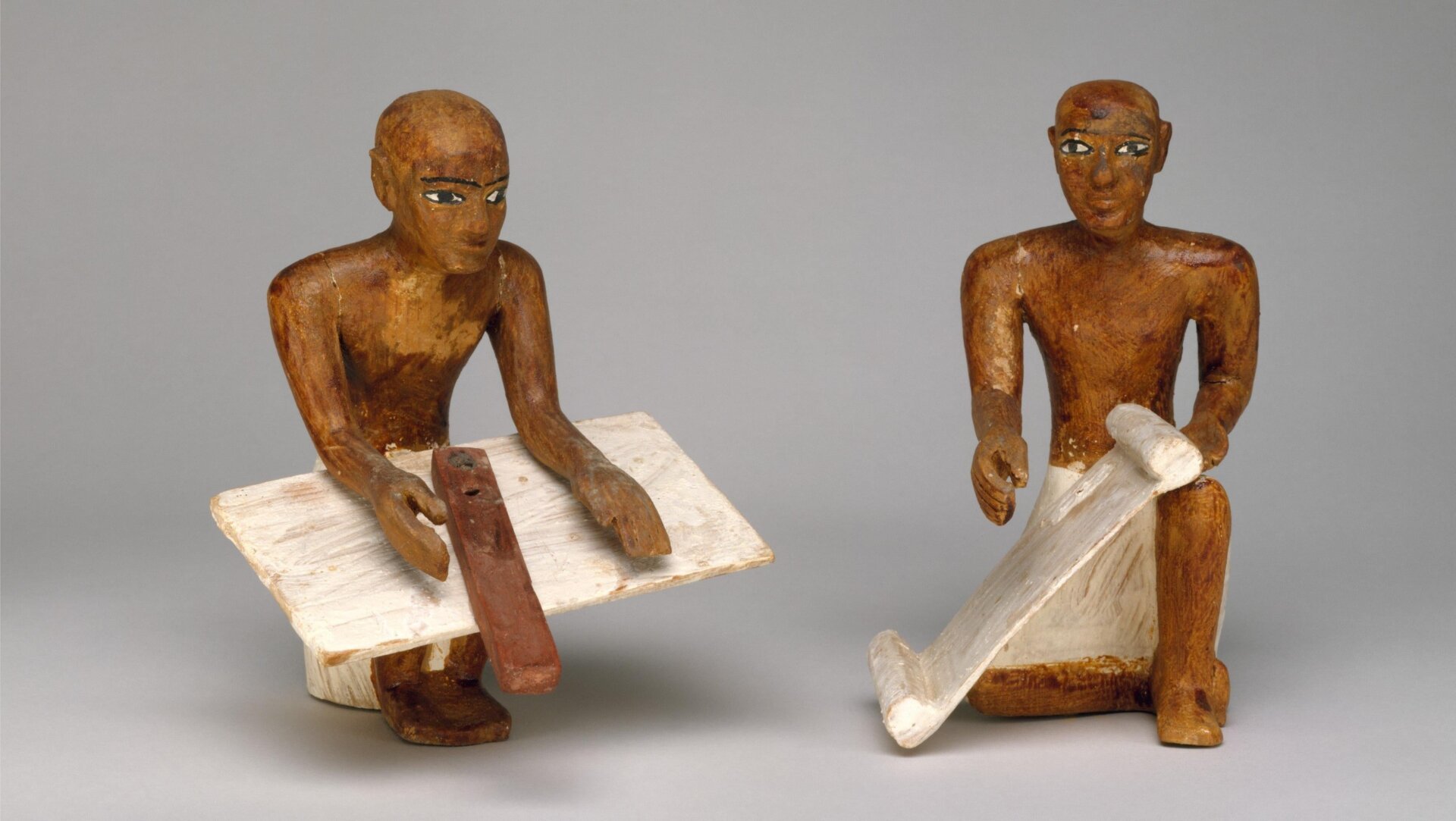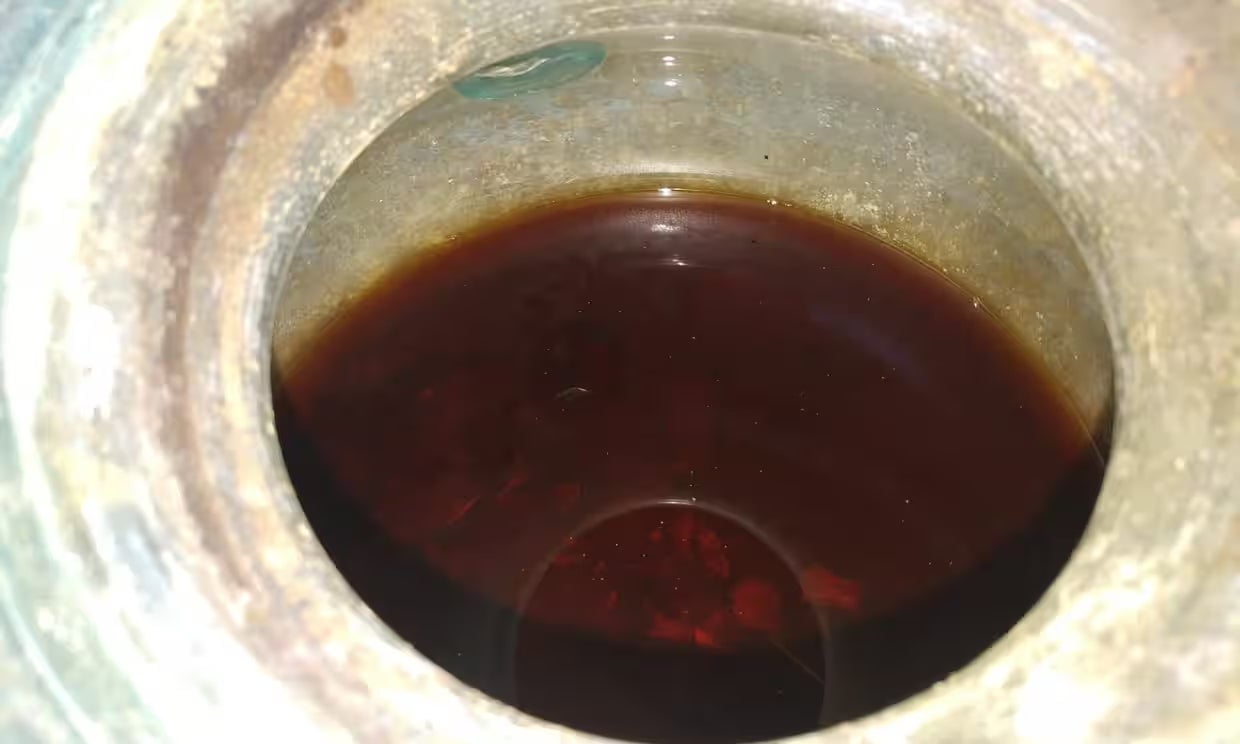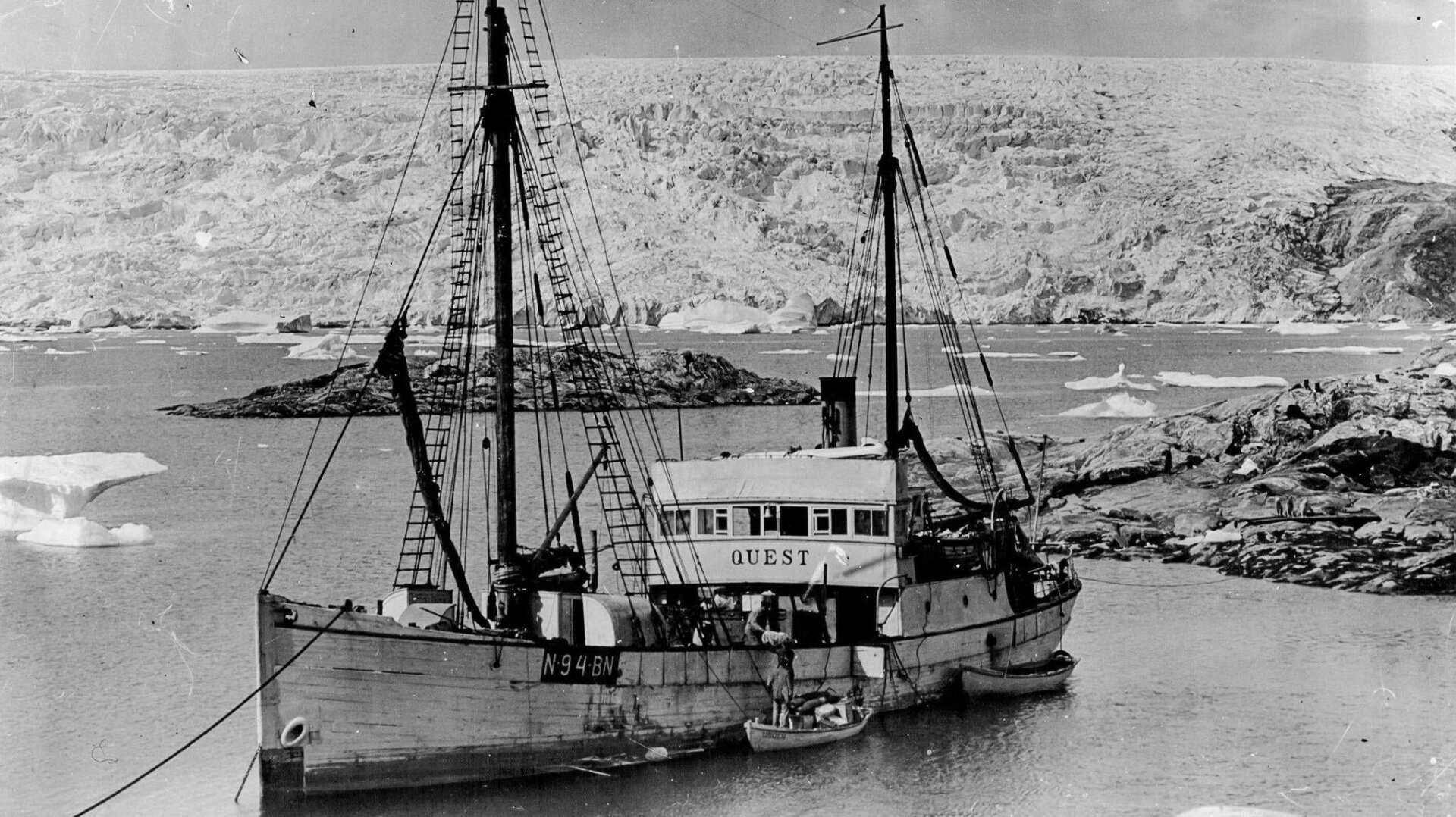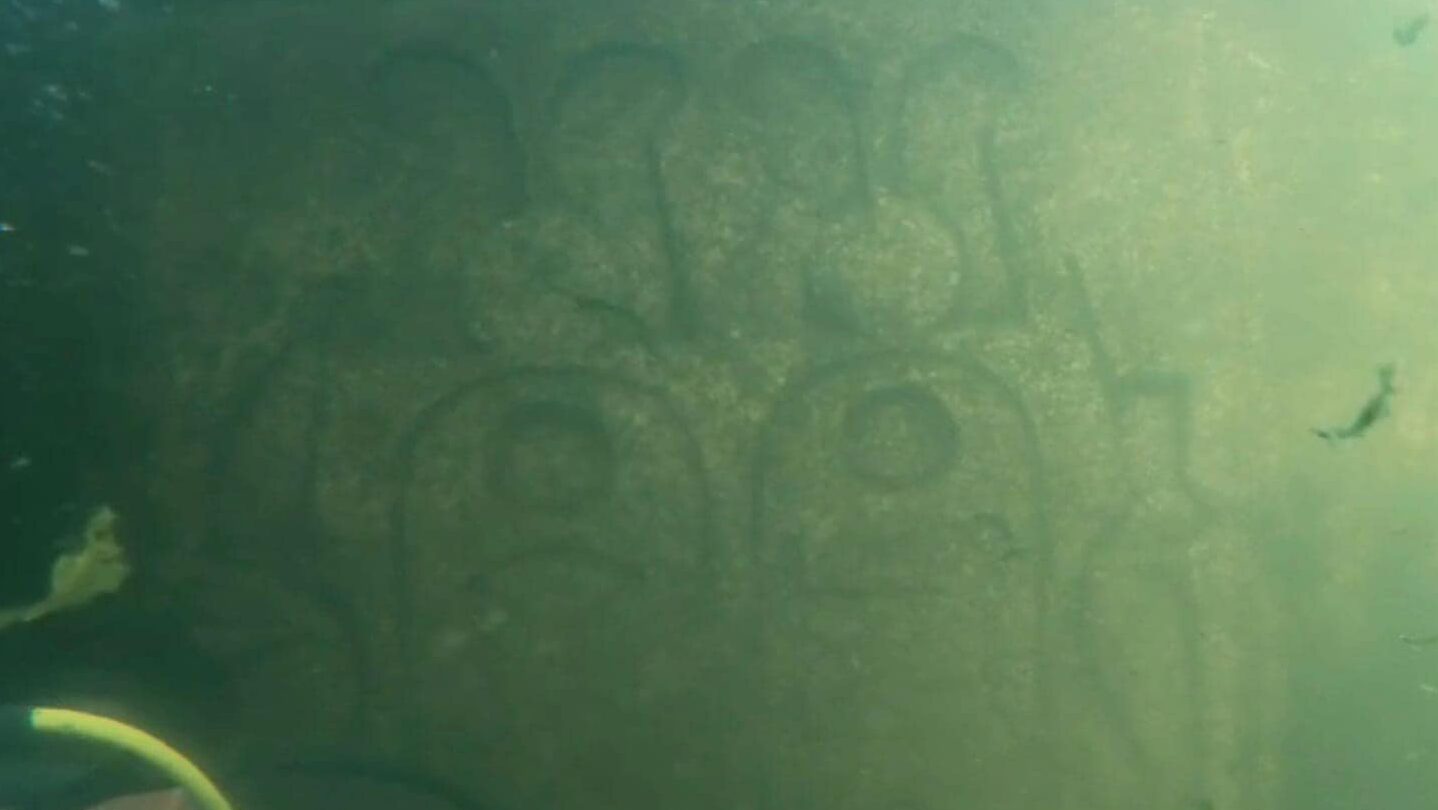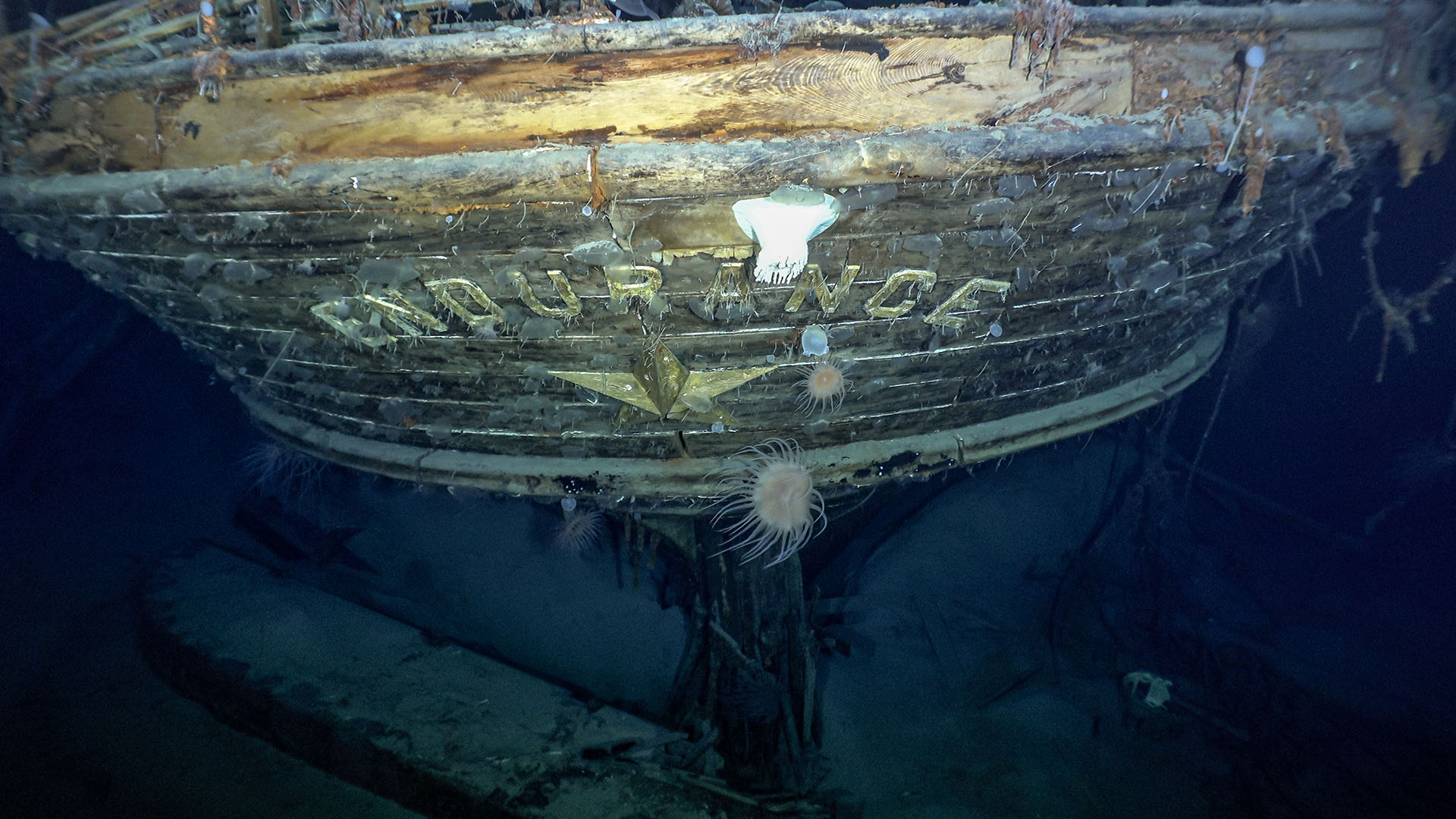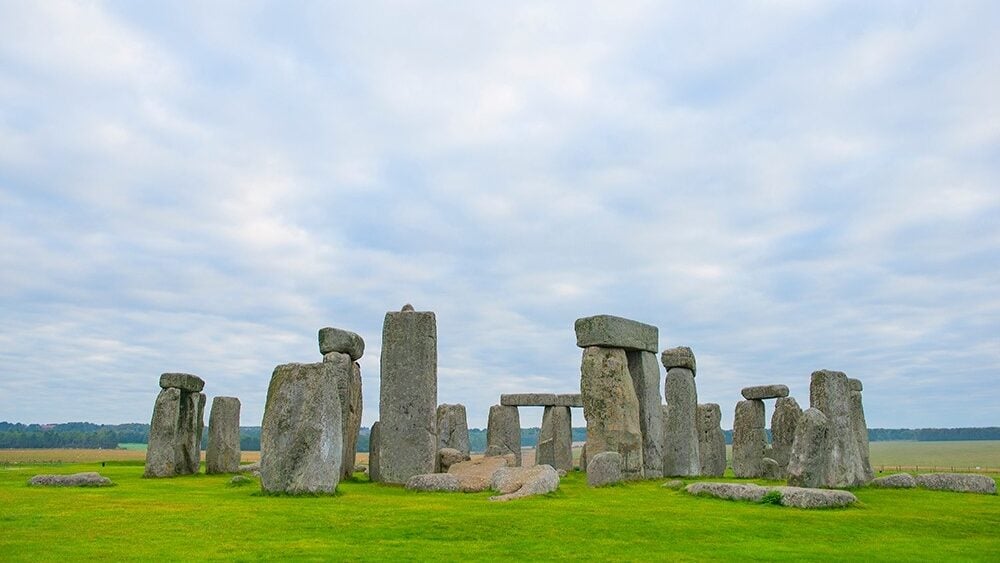The story of Easter Island, or Rapa Nui, has long been one of ecological collapse and societal decline. The common narrative depicts a once-thriving civilization that decimated its resources, leading to cannibalism and a drastic population crash. However, recent DNA analysis challenges this long-held belief, painting a more nuanced and hopeful picture of Rapa Nui’s history.
The traditional narrative suggests that the island’s population, after reaching a peak of around 15,000, exhausted its resources, leading to widespread deforestation, famine, and ultimately, a population decline to a mere 3,000 by the time Europeans arrived in 1722. This theory has been increasingly challenged by archaeological evidence, such as tools suggesting a vibrant society during the supposed collapse. Now, genomic research provides further evidence against this narrative.
DNA Analysis Reveals Steady Population Growth, Not Collapse
A new study published in Nature utilizes radiocarbon dating and genome sequencing of 15 human remains, predating 1860, to reconstruct the genetic history of Rapa Nui’s inhabitants. The analysis reveals a steady population growth from the island’s initial settlement around 1250 CE until European contact. Contrary to the “ecological suicide” theory, the researchers found no evidence of a dramatic population explosion followed by a devastating decline. Instead, the data indicates gradual, sustained growth.
Debunking the Myth of a “Miserable Community”
This research further dismantles the long-standing myth that Europeans encountered a decimated and desperate population on Rapa Nui. As Stephan Schiffels and Kathrin Nägele of the Max Planck Institute for Evolutionary Anthropology point out in an accompanying News & Views article, historical accounts actually describe the island as an “earthly paradise.” The new findings align with a growing body of evidence suggesting that Rapa Nui’s inhabitants successfully managed their resources and sustained a large population despite environmental changes.
This reframed narrative offers a valuable lesson for our own time, suggesting human resilience and adaptability in the face of environmental challenges. Rather than a cautionary tale of societal collapse, Rapa Nui’s story might be one of successful resource management and adaptation.
Surprising Genetic Link to Native Americans
The study also reveals a surprising genetic connection between the Rapanui and Native Americans. Whole genome sequencing identified approximately 10% Native American ancestry in the Rapanui DNA, suggesting intermixing between the two populations sometime between 1336 and 1402 CE. This finding is significant, as previous genetic analyses of ancient Rapanui remains had not detected any Native American ancestry.
This discovery raises intriguing questions about how these two populations, separated by vast distances, came into contact. Rapa Nui’s remote location, thousands of kilometers from both the nearest inhabited island and the South American mainland, makes this genetic exchange a fascinating puzzle.
Addressing the Ethical Considerations of the Research
The researchers acknowledge the sensitive nature of using human remains obtained during the 19th century for scientific study. They emphasize their collaboration with Rapa Nui communities to obtain consent for the analysis. Furthermore, they highlight the genetic link between the studied remains and present-day Rapanui, which they hope will facilitate the eventual repatriation of the samples.
Conclusion: A More Nuanced Understanding of Rapa Nui
This new DNA analysis significantly alters our understanding of Rapa Nui’s history. It challenges the prevailing narrative of ecological collapse and offers a more optimistic view of human resilience and resourcefulness. The surprising discovery of Native American ancestry adds another layer of complexity to the island’s past and raises new questions about pre-Columbian contact and migration across the Pacific. While the ethical considerations regarding the use of historical remains remain important, this study provides a valuable contribution to our understanding of the rich and complex history of Rapa Nui.



